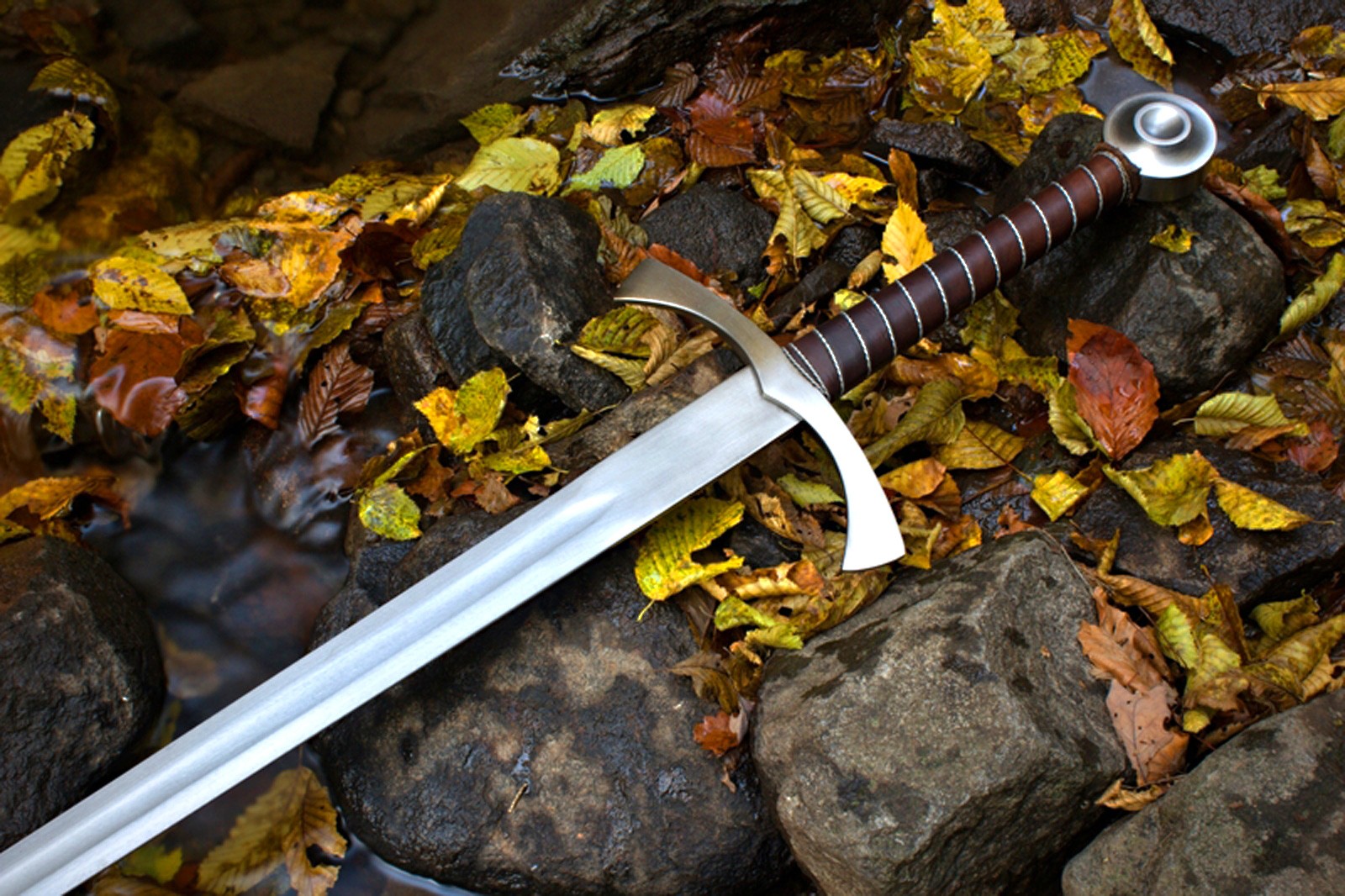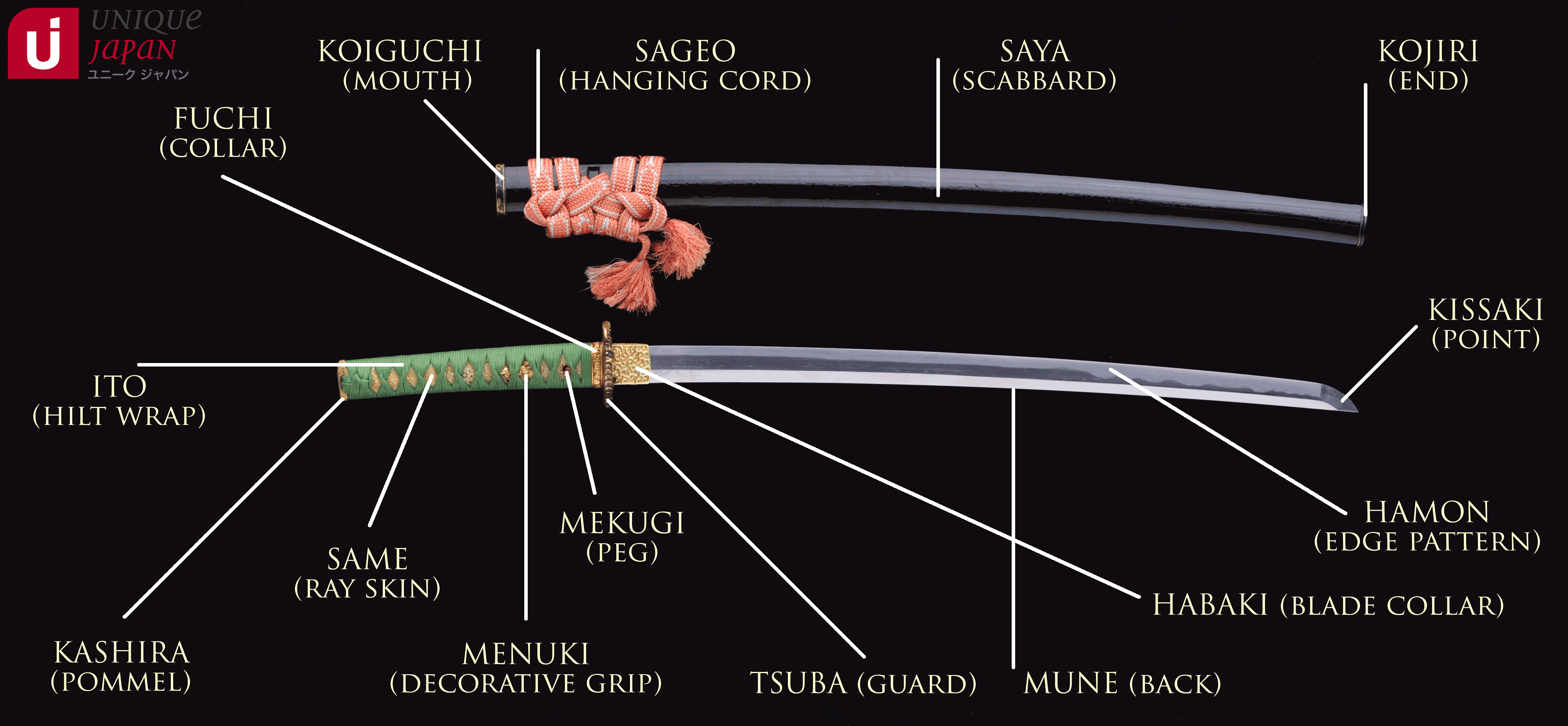Symbolism and Cultural Significance
Sword meaning – Throughout history, the sword has transcended its practical purpose as a weapon, becoming a potent symbol imbued with profound cultural significance. Its sharp edge and piercing blade have evoked awe and reverence, representing power, authority, and protection across diverse civilizations and epochs.
In the realm of ancient warfare, the sword stood as a symbol of power and prowess. Its sharp edge could cleave through flesh and bone, its weight could shatter armor. Yet, beyond the battlefield, the sword’s meaning extended far and wide, embodying tales of courage, betrayal, and even the antics of a certain marsupial Winnie the Pooh, who, in his own peculiar way, wielded a honey pot with the same unwavering determination as a warrior brandishing a blade.
In ancient Egypt, the pharaohs wielded ceremonial swords adorned with intricate hieroglyphics, signifying their divine authority and the protection of the gods. In medieval Europe, knights carried swords as emblems of chivalry, symbolizing their valor and readiness to defend the realm. In Japan, the samurai’s katana embodied their unwavering loyalty, bushido code, and the pursuit of honor.
In ancient times, a sword symbolized strength, honor, and power. As times changed, so did the interpretation of the sword’s meaning. In the modern era, the sword has become a metaphor for a channel of communication, a conduit through which ideas and information can flow freely.
Yet, despite the evolution of its significance, the sword remains a potent symbol of authority and the ability to wield influence.
Famous Swords in Mythology, Folklore, and Literature
The sword has featured prominently in mythology, folklore, and literature, inspiring countless tales of heroism, adventure, and tragedy. Excalibur, the legendary sword of King Arthur, is said to have been forged by the mystical Lady of the Lake, granting its wielder invincible power. The Japanese sword Muramasa, known for its unmatched sharpness, is imbued with a sinister aura, said to drive its users to madness and violence.
Evolution of Sword Symbolism
The symbolism of the sword has evolved over time and across various societies. In ancient Greece, the sword represented both the destructive power of war and the protective power of justice. In the Middle Ages, the sword became a symbol of religious authority, with the pope wielding the “Sword of Peter” as a symbol of his spiritual and temporal power.
Design and Functionality

Swords have been crafted in myriad forms, each tailored to specific purposes and combat styles. Their designs vary in shape, size, and material, reflecting the diverse martial traditions and technological advancements of different cultures.
Types of Swords
Swords can be broadly classified into three main types: single-edged, double-edged, and curved blades. Single-edged swords, such as the katana, feature a sharpened edge on one side only, providing excellent cutting capabilities. Double-edged swords, like the longsword, possess sharp edges on both sides, allowing for both cutting and thrusting attacks. Curved blades, such as the scimitar, offer greater reach and slashing power due to their弧形形状.
Materials and Effectiveness
The materials used in sword construction play a crucial role in their effectiveness. Traditional swords were forged from iron or steel, providing strength and durability. Modern swords may incorporate advanced materials like titanium or carbon fiber, offering increased lightness and resilience. The choice of material depends on the intended purpose and the balance between weight, sharpness, and durability.
Swordsmanship Techniques
Maximizing a sword’s potential requires skilled swordsmanship techniques. These techniques involve proper footwork, blade control, and body mechanics. Different martial arts systems have developed unique swordsmanship styles, each emphasizing specific techniques and strategies. By mastering these techniques, practitioners can harness the full capabilities of their swords and engage in effective combat.
Historical and Social Impact: Sword Meaning

The sword, an ancient and iconic weapon, has played a pivotal role in human history. From the battlefields to the hunting grounds, from self-defense to ceremonial rituals, the sword has left an indelible mark on societies across the globe.
Throughout history, swords have been instrumental in warfare. Their sharp blades and sturdy construction made them formidable weapons for close combat. From the bronze swords of ancient Egypt to the steel katanas of medieval Japan, swords have shaped military strategies and determined the outcome of countless battles.
Swords have also been essential for hunting and self-defense. Their ability to pierce and cut made them ideal for taking down game and protecting against predators. In many cultures, swords were a symbol of masculinity and courage, and skilled swordsmen were highly respected.
Beyond their practical uses, swords have also held deep social and cultural significance. In ancient Rome, the sword was a symbol of citizenship and military prowess. In medieval Europe, swords were often adorned with intricate designs and used as status symbols. In Japan, the samurai sword is revered as a sacred object, embodying the values of honor, loyalty, and self-sacrifice.
The development of sword technology has had a profound impact on military strategies, political power, and economic development. The invention of bronze and iron swords revolutionized warfare, enabling armies to field larger and more effective fighting forces. The introduction of steel swords further increased the lethality and efficiency of armies, leading to the rise of powerful empires and the expansion of trade routes.
The sword remains an enduring symbol of power, prestige, and cultural heritage. Its historical and social significance continues to resonate in modern times, inspiring countless works of art, literature, and film. From the iconic Excalibur of Arthurian legend to the lightsabers of Star Wars, the sword continues to capture the imagination and symbolize the human spirit’s capacity for both violence and heroism.
Warfare
The sword has been a primary weapon in warfare for millennia. Its versatility and effectiveness in close combat have made it a mainstay on battlefields across the globe. From the bronze swords of the ancient Greeks to the steel swords of the medieval knights, swords have played a crucial role in shaping the course of history.
The development of sword technology has had a profound impact on military strategies. The invention of bronze and iron swords enabled armies to field larger and more effective fighting forces, leading to the rise of powerful empires and the expansion of trade routes. The introduction of steel swords further increased the lethality and efficiency of armies, contributing to the rise of professional armies and the decline of feudalism.
Swords have also played a significant role in naval warfare. From the boarding axes of ancient Greek triremes to the cutlasses of 18th-century pirates, swords have been essential for close-quarters combat on ships. The development of specialized naval swords, such as the cutlass and the boarding saber, reflects the unique challenges of fighting on a moving platform.
Hunting and Self-Defense, Sword meaning
In addition to their use in warfare, swords have also been essential for hunting and self-defense. Their ability to pierce and cut made them ideal for taking down game and protecting against predators. In many cultures, swords were a symbol of masculinity and courage, and skilled swordsmen were highly respected.
The use of swords for hunting varied widely depending on the region and the type of game being pursued. In Europe, swords were commonly used for hunting boar, deer, and other large animals. In Africa, swords were used for hunting elephants, lions, and other dangerous game. In Asia, swords were used for hunting tigers, leopards, and other predators.
Swords were also commonly used for self-defense. In many cultures, it was customary for men to carry swords as a way to protect themselves from attack. Swords were particularly effective against other swords, as well as against spears and other bladed weapons.
Social and Cultural Significance
Beyond their practical uses, swords have also held deep social and cultural significance. In many cultures, swords were seen as symbols of power, prestige, and honor. They were often used as ceremonial objects and were often passed down from generation to generation.
In ancient Rome, the sword was a symbol of citizenship and military prowess. Roman soldiers were required to carry swords as a sign of their status as citizens and defenders of the empire. In medieval Europe, swords were often adorned with intricate designs and were used as status symbols. Knights and other noblemen often wore swords as a way to display their wealth and power.
In Japan, the samurai sword is revered as a sacred object, embodying the values of honor, loyalty, and self-sacrifice. Samurai swords are often passed down from generation to generation and are considered to be family heirlooms.
Impact on Technology and Economy
The development of sword technology has had a profound impact on military strategies, political power, and economic development. The invention of bronze and iron swords revolutionized warfare, enabling armies to field larger and more effective fighting forces. The introduction of steel swords further increased the lethality and efficiency of armies, leading to the rise of professional armies and the decline of feudalism.
The development of sword technology also had a significant impact on the economy. The production of swords required specialized skills and knowledge, leading to the development of a specialized sword-making industry. Swordsmiths were often highly respected and their skills were passed down from generation to generation.
The sword trade was also a major factor in the development of the global economy. Swords were often traded between different regions, and the demand for swords led to the establishment of trade routes and the development of new markets.
In the hands of a skilled warrior, a sword is a symbol of power and authority, a tool for both protection and destruction. Yet, beneath its gleaming surface, there lies a deeper meaning, a reflection of the human soul. Just as the diamonds meaning is associated with purity and eternal love, the sword embodies the duality of our nature, the capacity for both good and evil that resides within us.
In the hands of a skilled warrior, a sword was more than just a weapon; it was an extension of their will. Like the frenetic energy of a casino pit , the clash of steel against steel could evoke both exhilaration and terror.
But even in the most chaotic of battles, the true meaning of a sword lay in its ability to bring order and clarity to the chaos.
In the realm of weapons, the sword holds a profound significance, embodying both power and vulnerability. Its blade, a testament to precision and craftsmanship, represents the sharp edge between life and death. From ancient warriors to modern-day collectors, the sword has captivated imaginations, evoking tales of honor, betrayal, and the indomitable spirit of humanity.
Delve into the fascinating world of sword meaning to uncover the intricate tapestry of symbolism and history that surrounds this iconic weapon.